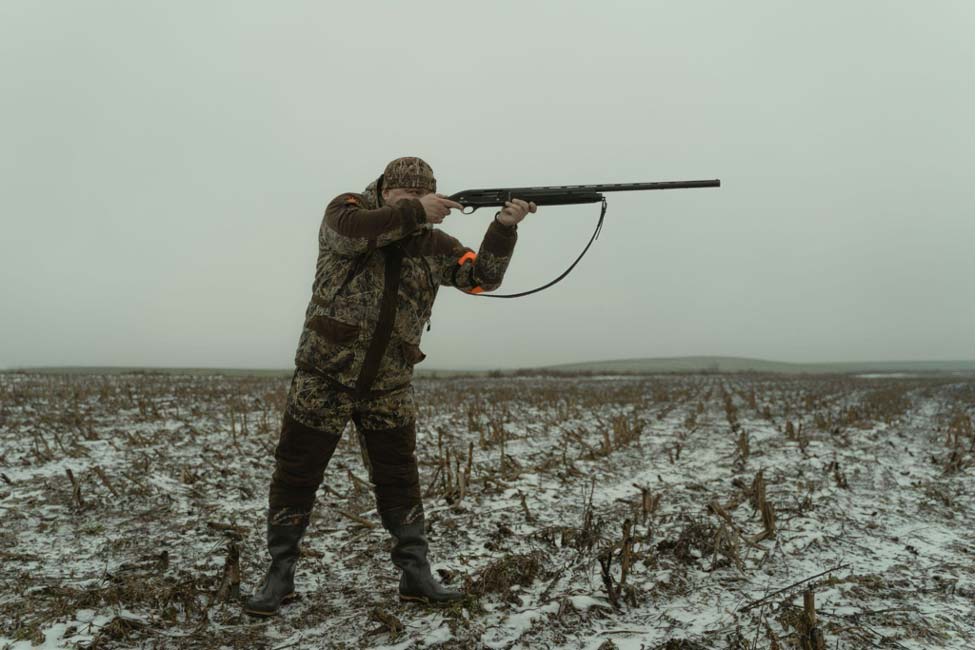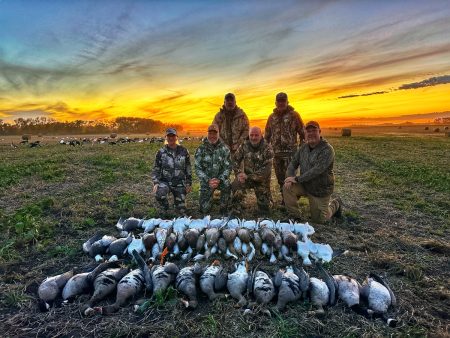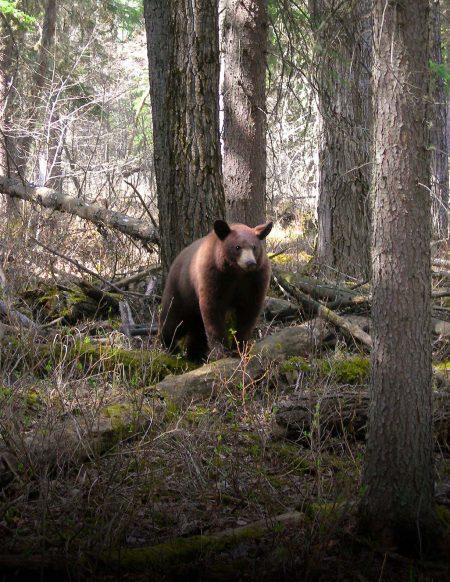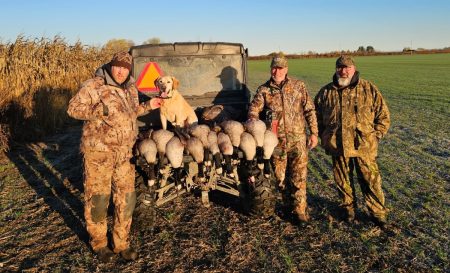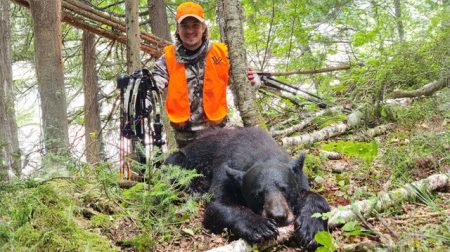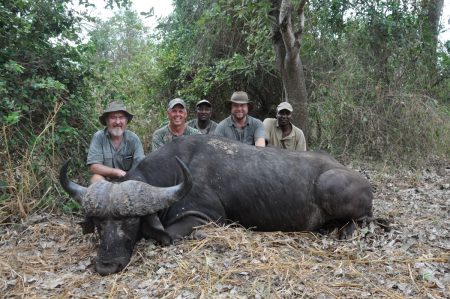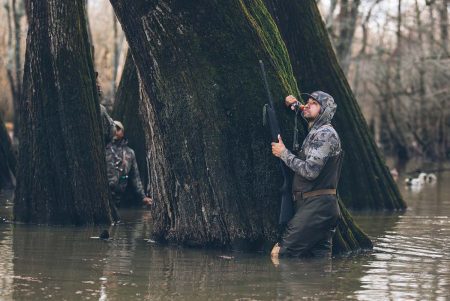If you’re a veteran hunter, you’re probably loyal to a certain hunting spot. It could be a treestand deep in the woods where you got your first kill, or a field you and your hunting buddies swear by.
Sometimes, though, it can be fun to branch out.
Trying out a new hunting spot is an adventure. Not only do you get to explore nature, but there’s also a chance you’ll find an even better spot than your usual go-tos. That said, finding a new spot isn’t always easy.
Here are a few ways you can find the best hunting spots in your local area.
1. Check Your State’s Department of Natural Resources Website
State department of natural resources websites are treasure troves for hunters who are searching for new hunting spots to try out.
Like every other organization that serves many customers out there today, state departments of natural resources have moved many of their tools online. In seconds, you can find guides to every animal deemed legal to hunt in the state along with information about start and end dates for hunting seasons, restrictions on firearms you can use, and, occasionally, recipes.
Most importantly, many state departments of natural resources websites include interactive maps detailing the exact locations where you can hunt in your state. Here is an example of a hunting map from the Indiana Department of Natural Resources. But, even if your state’s department of natural resources website doesn’t have an interactive map, you can typically find address listings of hunting grounds in your state here.
2. Visit the U.S. Bureau of Land Management Website
If you live near land administered near the U.S. Bureau of Land Management, you’re in luck: All public land managed by the BLM is open to hunting.
According to the BLM website, the agency manages “43 million acres of elk habitat, 131 million acres of mule deer habitat, and 23 million acres of bighorn sheep habitat.” Nearly all of the land is located in the western continental United States and Alaska. Needless to say, the possibilities are endless for hunting on BLM public lands.
These public lands span across states. Luckily, their website contains detailed maps of publicly-owned lands in each state. After finding a spot near you, contact your local BLM office to learn about any local hunting laws and regulations. From there, it’s just a matter of suiting up in your camo gear and heading out.
3. Download a hunting app
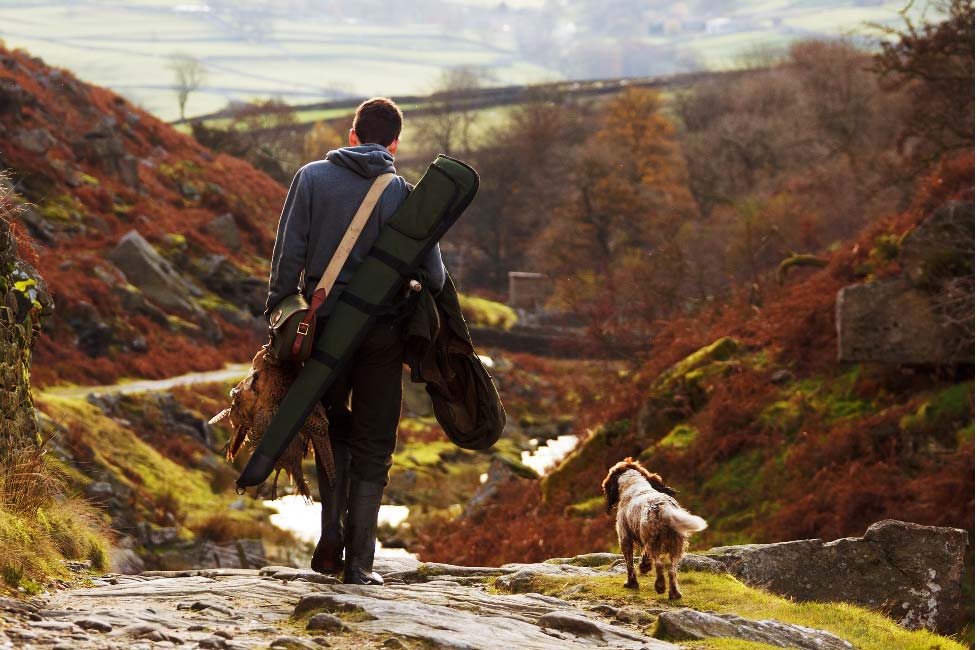
So, you like hunting? There’s an app for that.
Modern hunting apps for your phone take the state department of natural resources interactive maps to a whole new level. Many hunting apps offer the level of detail you need to know almost everything about your hunting ground, including property boundaries, topography, and markers that let you indicate where you saw an animal while out on your hunt.
Hunting apps can also give you details about the hunting spot you can’t get from looking at a map. This includes wind speed, temperature, and even finer details such as whether the forest is coniferous or deciduous. With this information in hand, you’ll have a better sense of where to find whatever animal you’re hunting and how you can avoid having it pick up your scent. More information on different Hunting APPS can be found here.
4. Join a Local Hunting Club
If you want the chance to find out about all of the best hunting spots around you while also getting to meet a bunch of passionate hunters like yourself, consider joining a hunting club.
Also known as sportsman clubs, hunting clubs offer programming for the whole family. Many hunting clubs provide lessons on shooting and outdoor survival to kids along with events for adults to mix and mingle.
Best of all, hunting clubs often own large parcels of hunting grounds. As a member, you get access to the club’s exclusive land, allowing you to hunt on ground that is relatively untouched compared to the heavily trafficked public hunting locations. Plus, you get insight from experienced members of the club, like tips on transporting your crossbow and all of that equipment you’ve bought for it.
Finding a hunting club has never been easier. Simply Google “hunting clubs near me”, review your results, and schedule time to meet with club leaders. You should also make sure you feel comfortable with the leadership of the club — after all, you’ll be spending a lot of time with the other members once you join.
5. Follow Hunting Bloggers from your State
Hunters love talking about hunting. In fact, many like talking about it so much that they have decided to dedicate their time to blogging about it.
Spend time reading any hunting blog and the writer’s passion about the sport just pops off of the page. You’ll get to hear tales from successful hunts in the past, strategies to take your hunting experience to the next level, and recommendations for hunting equipment and gear.
Hunting blogs are also an excellent source of inspiration for your next hunting spot. Oftentimes, hunting blogs are dedicated to the sport across an entire state, whether it’s hunting whitetail deer in Pennsylvania or waterfowl in Louisiana. In any case, these bloggers know the best spots around you. They can even offer advice on how to best move throughout the environment to maximize your chances at success.
Start by searching for hunting blogs focused on your state. Once you’ve found a few you like, subscribe to them so you’re alerted every time they publish a new post. You’ll soon have a list of new spots near you to try out.
Never Stop Searching
After getting back from a great day of hunting, it’s not unusual to immediately start thinking about your next hunt. Why not try something new? You might just discover a new spot to come back to time and time again.
Per our affiliate disclosure, we may earn revenue from the products available on this page. To learn more about how we test gear, click here.






